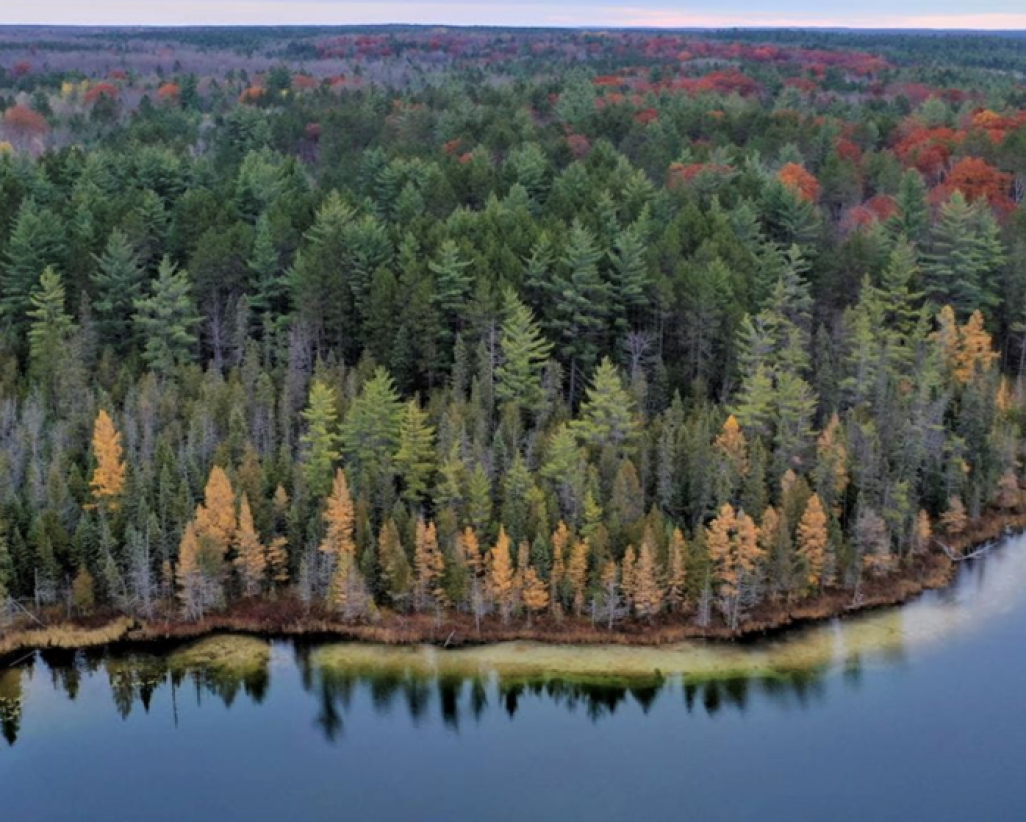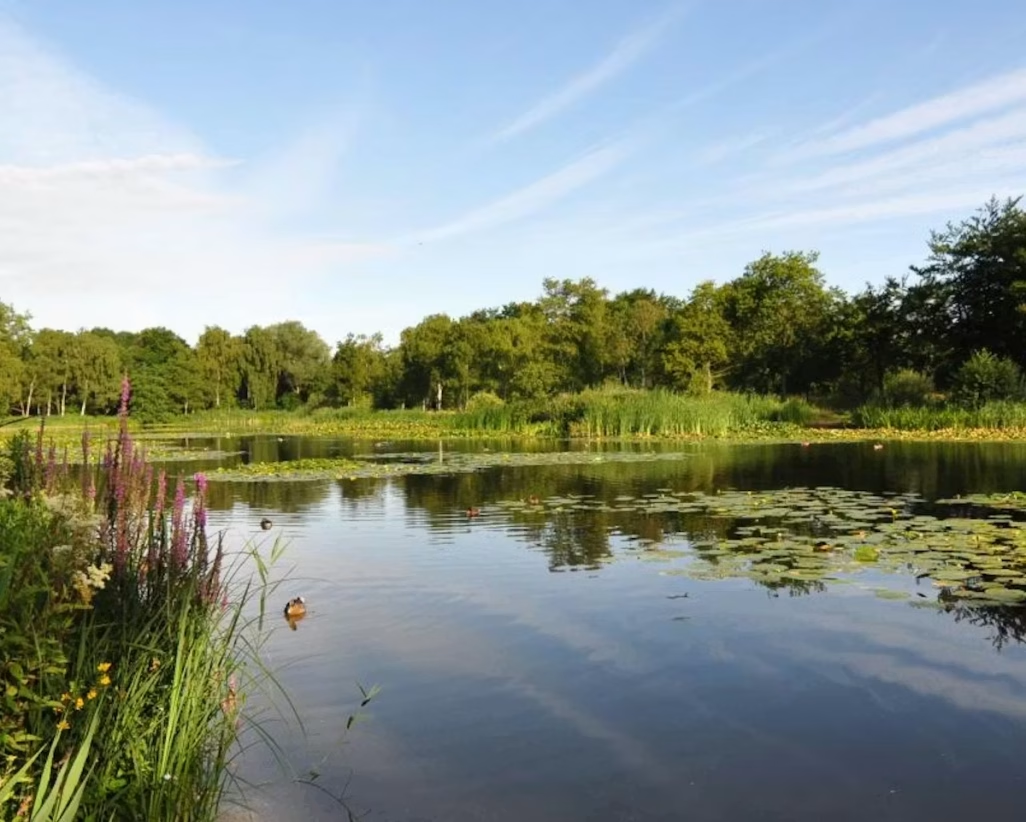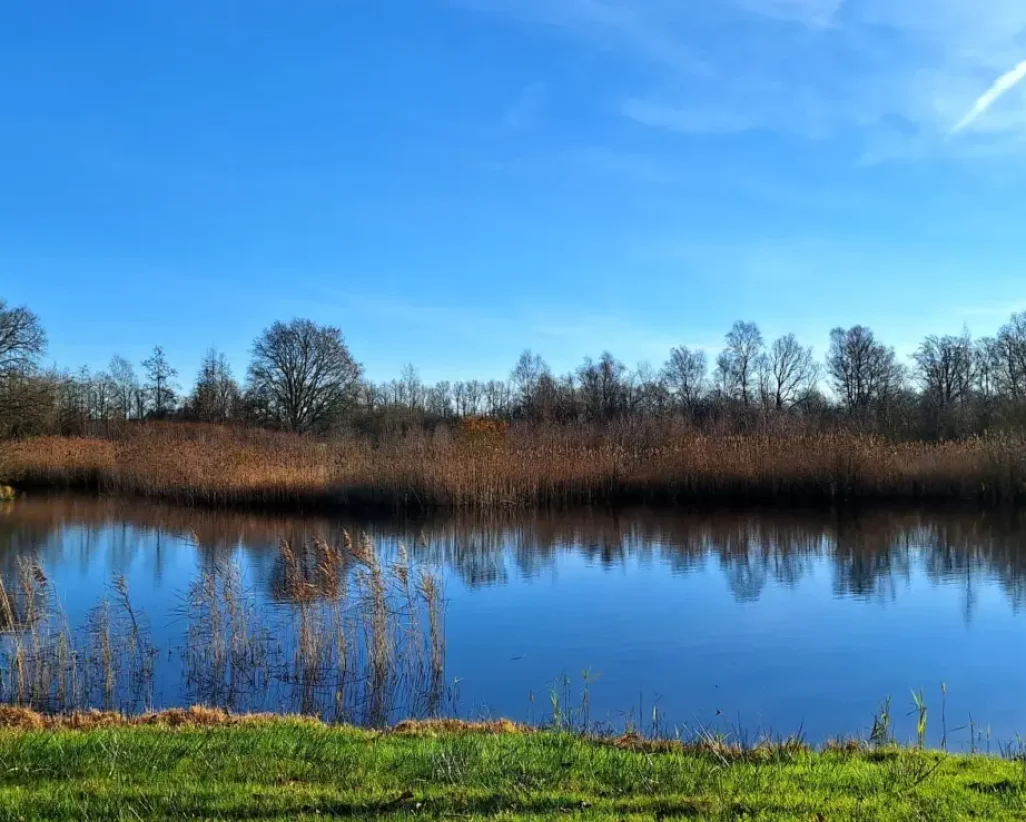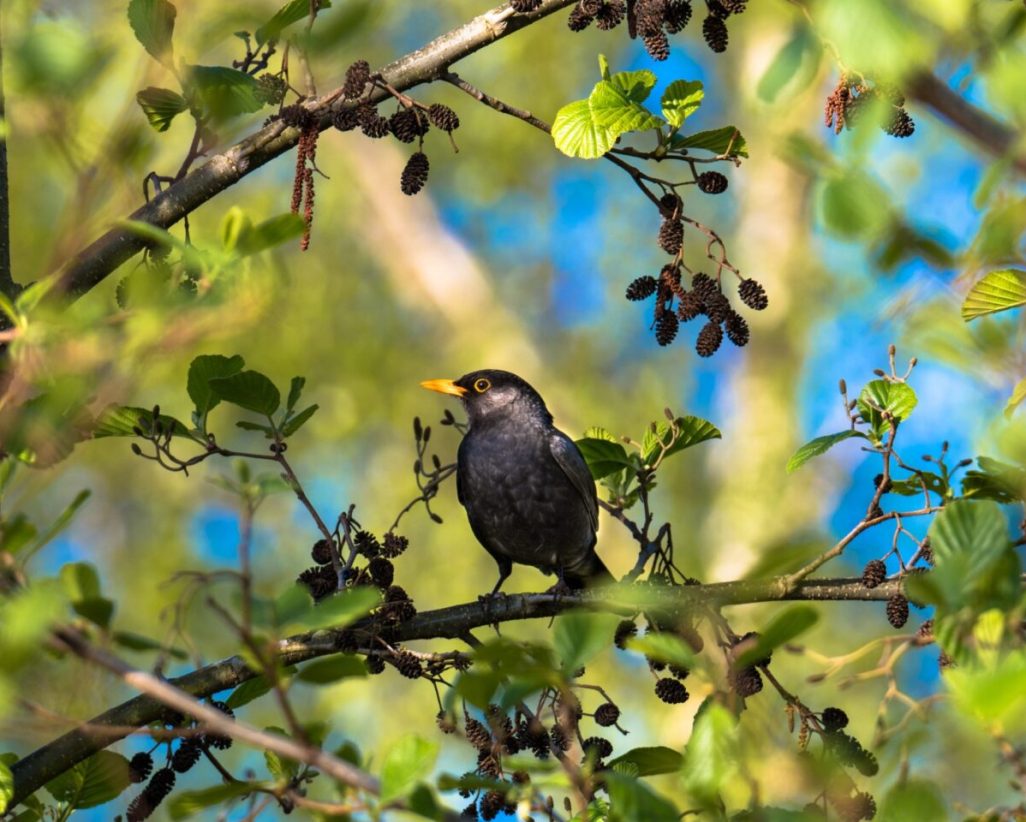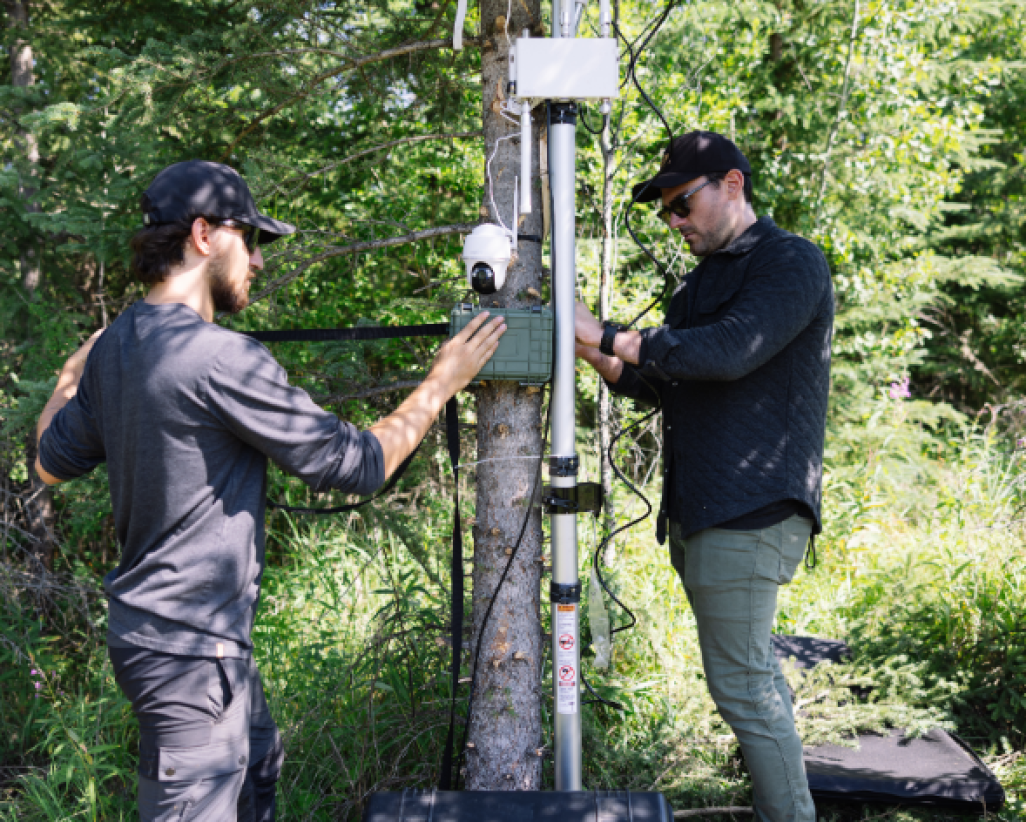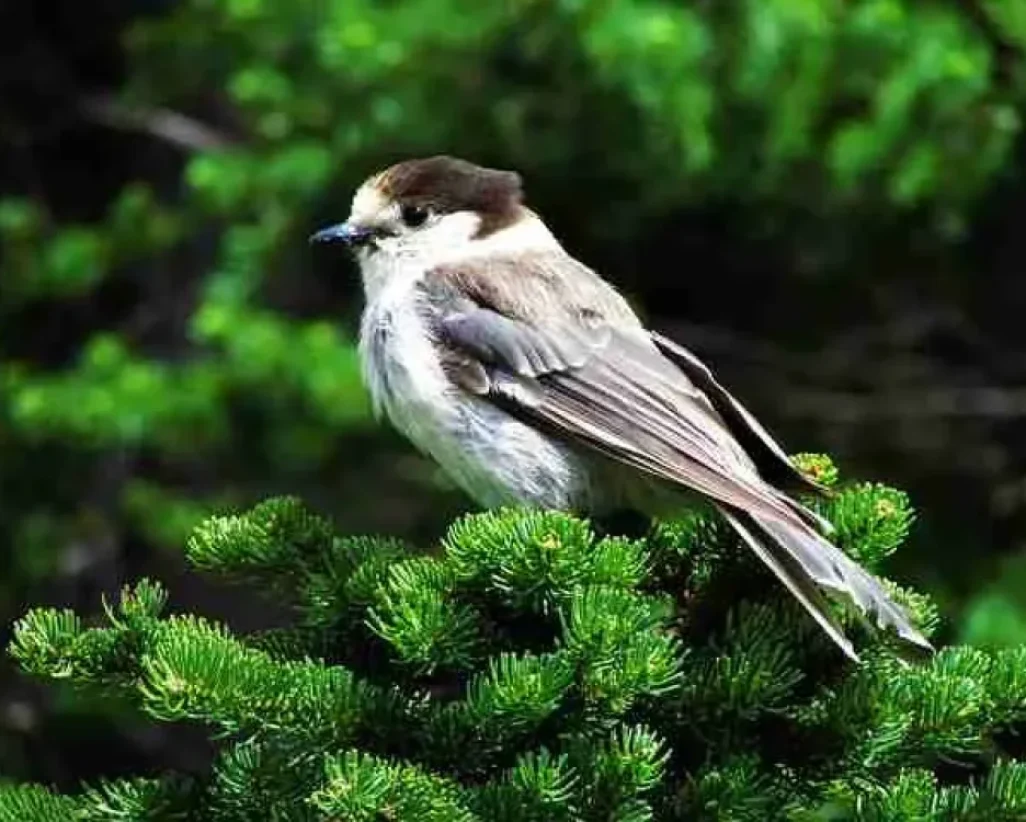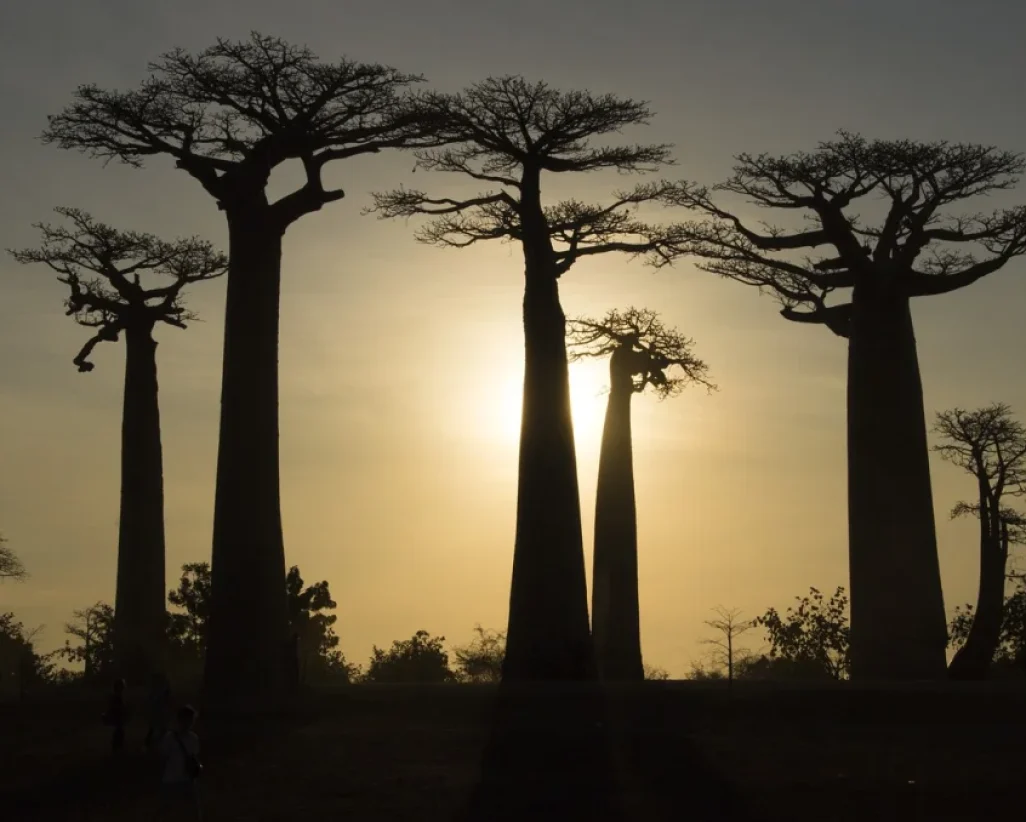Michigan’s nearly 4 million acres of state forest lands provide the state with clean air and water, materials for a strong forest products industry, and places to hunt, fish, hike, ride and camp. The Department of Natural Resources (DNR) takes forest management seriously. That means maintaining our sustainability certifications and carefully planning out how we care for state forests. These management strategies include science-based methods such as planting and harvesting trees, improving wildlife habitat, reducing wildfire risk with careful prescribed burning and controlling invasive pests so we’ll have forests now and for future generations.
Spieces like red pine (the primary species), white pine, white spruce, northern white cedar and northern red oak are planted across managed forests in northern Michigan. Newly established red pine stands are grown and managed for approximately 80 years, after which a final harvest is conducted, products such as lumber and utility poles are crafted, and a new stand is established via planting. Products from these harvested trees sequester carbon for several decades to centuries. Furthermore, these native species can provide food (pine/spruce nuts, acorns) and habitat for various species of wildlife. Each seedling is planted by hand, and annual planted site maps are available to project partners.
Forestation Partner
Michigan Department of Natural Resources, Forest Resources Division – together with Ecodrive.
Read more here: Michigan Reforestation | Ecodrive
